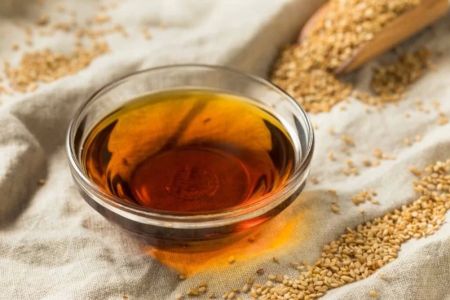How to Make Chinese Restaurant Tea: A Step-by-Step Guide
As someone who loves the soothing, aromatic tea served at Chinese restaurants, I wanted to learn how to recreate that authentic taste at home. Chinese restaurant tea is distinct, with its delicate flavors and subtle fragrance. If you’ve ever wondered how to make Chinese restaurant tea, you’re in the right place. Let me take you through the process of brewing this delightful beverage that pairs perfectly with any meal.
1. The Importance of Choosing the Right Tea
The first step in making authentic Chinese restaurant tea is choosing the right kind of tea. Most Chinese restaurants serve a variety of teas, but the most common is Jasmine tea, which is a type of green tea scented with jasmine flowers. However, many restaurants also serve Oolong tea or a blend of green and oolong teas. I personally love Jasmine tea for its refreshing and fragrant profile. It’s light, aromatic, and not too overpowering, making it the perfect complement to a meal.
1.1 Green Tea vs. Oolong Tea
While Jasmine tea is a popular choice, you may want to explore other varieties. Oolong tea, with its unique flavor profile that’s somewhere between black and green tea, is also commonly served in Chinese restaurants. If you're new to these teas, it might take a little experimenting to find the one that suits your tastes the best. Both types of tea are widely available at most grocery stores and Asian markets, so finding them should be easy.
2. Preparing the Tea Leaves
Once you’ve chosen your tea, the next step is preparing the tea leaves. Chinese restaurant tea is typically served in a simple, elegant manner—without any added sweeteners or flavors. This allows the pure taste of the tea to shine through. To get started, you’ll need to measure out the right amount of tea leaves.
2.1 Measuring the Tea Leaves
The general rule of thumb is to use one teaspoon of tea leaves for every 8 ounces of water. If you're brewing Jasmine tea, I recommend using high-quality loose-leaf tea for the best flavor. You can find Jasmine tea in both loose-leaf and bagged forms, but loose-leaf generally provides a richer taste. For Oolong tea, you can also use about one teaspoon per 8 ounces of water, but feel free to adjust based on your taste preferences.
3. Water Temperature: The Key to Perfect Tea
The water temperature plays a crucial role in making great Chinese tea. I’ve learned that using the right temperature ensures that the tea’s flavor is fully extracted without making it too bitter. If you're brewing green tea, which is most common for Jasmine tea, the water should be heated to about 175°F to 180°F (80°C to 82°C). This is lower than boiling, which helps preserve the delicate flavor of the green tea leaves.
3.1 Boiling Water for Oolong Tea
Oolong tea, on the other hand, requires a slightly higher water temperature. The best temperature for Oolong tea is around 190°F to 200°F (88°C to 93°C). If you're not using a thermometer, simply bring the water to a boil and then let it sit for a few seconds before pouring it over the tea leaves. This ensures the water isn’t too hot, which could scorch the leaves and ruin the flavor.
4. Steeping the Tea
Once the water is at the right temperature, it’s time to steep the tea leaves. One of the most important aspects of brewing Chinese restaurant tea is not over-steeping the leaves. I’ve found that steeping the tea for 2 to 3 minutes is ideal for both green and Oolong teas. This is enough time to extract the flavors without making the tea too bitter. If you prefer a stronger brew, feel free to steep for an extra minute, but be careful not to overdo it.
4.1 Using a Tea Pot or Cup
For brewing Chinese tea, it’s traditional to use a small teapot or a tea cup with a built-in strainer. When brewing loose-leaf tea, a teapot with a fine mesh strainer is ideal for keeping the leaves from floating into your cup. If you don’t have a teapot, you can use any heat-resistant container, but be sure to strain the tea leaves before pouring it into your cup. This will ensure a smooth and clean tea-drinking experience.
5. Serving the Tea Like a Pro
Once the tea is brewed, it’s time to serve it. Chinese restaurant tea is typically served in small teacups, allowing you to sip and enjoy the tea throughout the meal. I love how the tea is served at just the right temperature—warm, but not too hot. The key is to pour the tea immediately after it’s brewed so that it doesn’t sit and cool down too much.
5.1 Re-Steeping Tea
One of the best things about high-quality loose-leaf tea is that it can be re-steeped multiple times. After enjoying your first cup, you can add more hot water to the tea leaves for a second, third, or even fourth brew. I’ve found that Oolong tea, in particular, tastes even better with each subsequent steep, as the flavors continue to develop and deepen.
6. Enjoying Your Tea
Finally, the best part of making Chinese restaurant tea is sitting back and enjoying it. Tea is meant to be savored, so take your time and appreciate the flavors. Whether you’re drinking it with a meal or as a stand-alone beverage, the soothing and aromatic qualities of Chinese tea make it an ideal drink for any occasion.
6.1 Pairing Tea with Food
Chinese restaurant tea pairs beautifully with a variety of dishes. I love drinking it alongside dim sum, dumplings, or a flavorful stir-fry. The light and refreshing taste of the tea helps cleanse the palate between bites, making the entire dining experience more enjoyable. It’s the perfect way to complement your Chinese meal and enhance the overall experience.


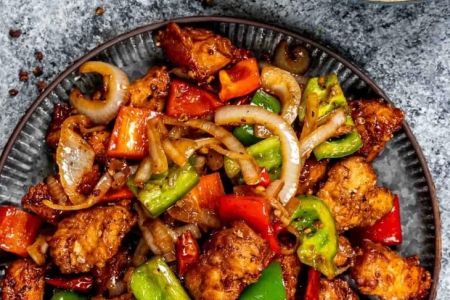
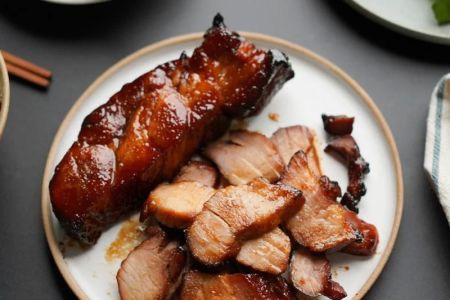
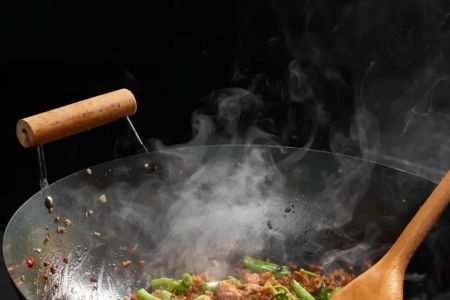
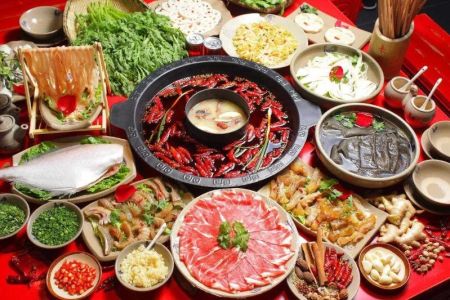
![Top Chinese Restaurants for Authentic Cantonese Cuisine in [Your City]](https://img.gochinarose.com/d33/2507/4157910400_450x300.webp)
